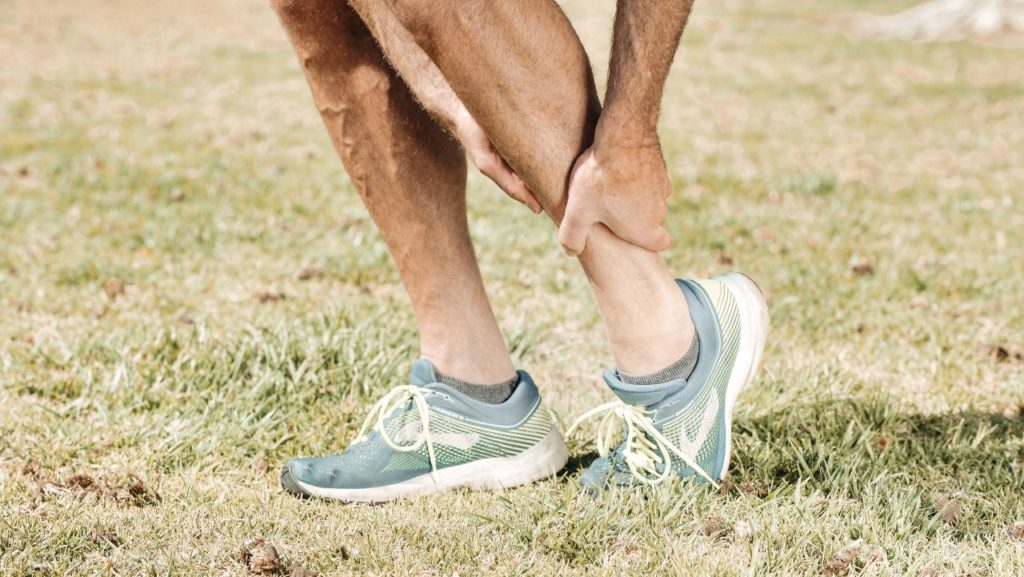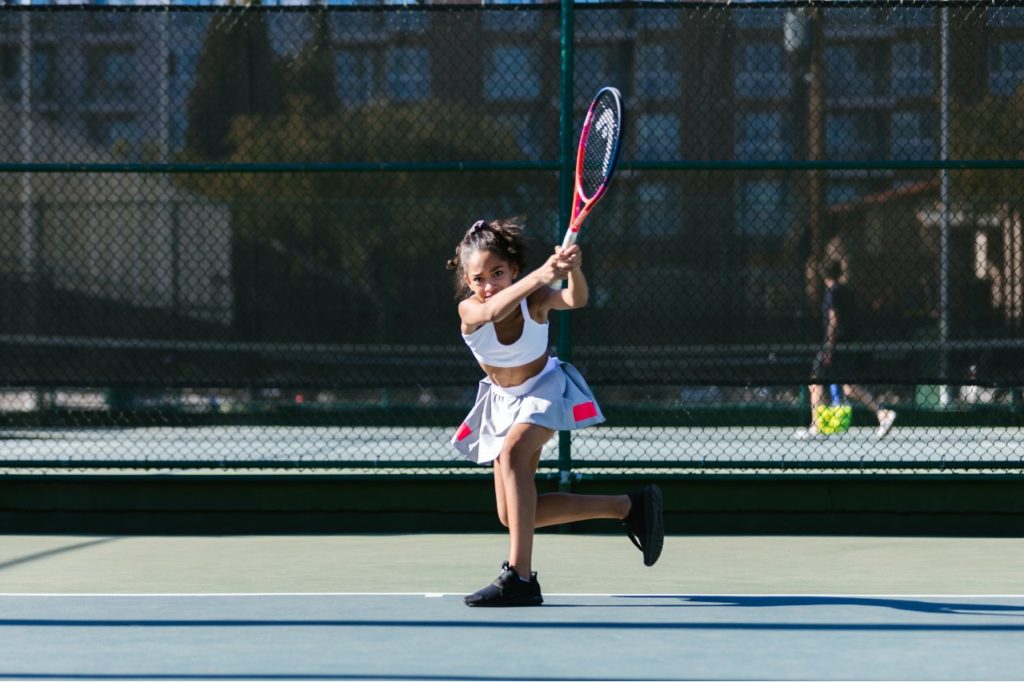Goal!!!!
What is the goal when you or a loved one get out on the soccer field? A goal? A hat-trick? A victory?
At Advanced Foot Care we believe that an injury free event is just as important as a win.
Soccer is a unique sport and comes with its own risks to foot and ankle health. The nature of the game centers around the skillful use of a player’s feet. Special equipment including cleats, specialized socks, and shin-guards are needed.

An athlete must be in tune with their body. Knowing your body means embracing its structure and capabilities. Understanding the shape and type of your feet is foundational to this knowledge. High arch? Flat foot? Super flexible? Extremely tight? A skilled podiatrist can assess your foot type and structure a plan to limit risk for your specific foot shape.
Many of our soccer playing patients are children. These days kids start playing sports competitively at a very young age. Children playing games, practicing, and training frequently at high intensity can put them at risk for a few kid specific foot and ankle ailments.
Sever’s disease (Calcaneal Apophysitis) is a commonly seen inflammation of the growth plate located on the back of the heel. Growing, active kids are prone to this. Soccer players are even more at risk due to the low heel in the cleats and the high strain on and around the heel.
Sever’s disease is treatable with rest, ice, heel lifts, proper cleats, stretching, physical therapy, and custom molded orthotics.
Stress fractures and stress injuries are problems that I frequently see in the office. Usually it’s not the amount of time or the intensity of playing and training that is the problem. The issue is actually the preparation, the gear, and the recovery. The preparation is properly warming up and stretching properly. The gear needs to be right: the cleats need to fit properly, and be laced correctly. If the player needs an orthotic or an ankle brace to prevent excess pressure or abnormal motion it should be fit and applied correctly. When recovering the player should continue to support the foot and ankle, ice when needed, and ensure that stretching is a part of their daily routine – even on off days. During the recovery phase after games and practices the player needs to listen to their body and communicate any warning signs to their parents, their coaches and their trainers.
Soccer players of all ages demand a lot out of their feet and most of them understand the importance of caring for them. Ankle sprains, calf strains, achilles tendonitis, and plantar fasciitis are all diagnoses that can come along with playing this great game.
My goal with Advanced Foot Care is to educate and equip my patients with what they need to stay pain free and on the field. We are here for you no matter the concern and would love to be part of your team!





